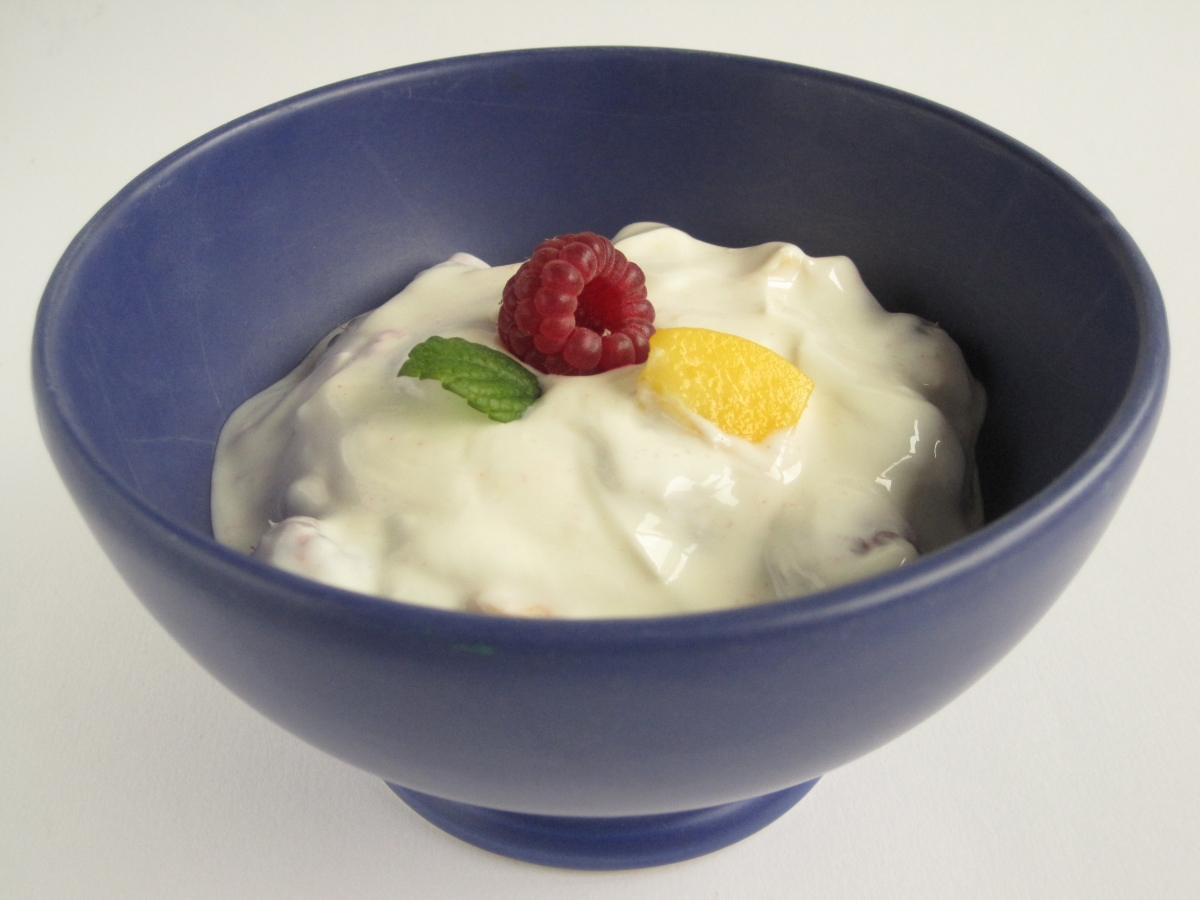One of the worst things about the aging process is how it affects the nervous system, as it stops being just about physical degeneration and mutates into something that can seemingly erase an individual's personality, memories, and everything else about them that is non-physical. But instead of "inspirational" (how?) movies etc. documenting these horrible diseases such as Alzheimer's disease, such as the awfully depressing
Still Alice, we can get actually inspired by this: a
recent study where 9 of the 10 patients involved experienced significant cognitive improvement after taking on individualised treatment protocols designed to correct metabolic defects.
The long history of failure in treating neurodegeneration suggests that these conditions are caused by failures in the body's systems or programs, not a need for a specific, targeted treatment. Treatments such as oestrogen replacement, exercise, melatonin, vitamin D, curcumin, ginkgo biloba and ashwagandha have so far shown minimal effects in research, often because they are prescribed alone. Research and treatment often only considers normalising metabolic parameters instead of optimising them; for example, a homocysteine level of 12umol/L is seen as "normal", but it is not optimal, and so many people with this reading will not be healthy. "Normal" is usually defined as "90%+ of people are in this range" or "you will live to see tomorrow, barring accidents". In systems such as naturopathy, optimal levels are the primary concern, as treatment is individualised to the patient. This is also why many of us have issues with health food store "consultations", where you have to generalise because you only have a few minutes with them and are often pressured to sell as much as possible by often unqualified owners (I was in one of these places for a while).
Despite individual variations, all patients' treatment plans followed a selection of the following rules:
-Reduce simple carbohydrates and inflammatory aspects of their diets, while increasing anti-inflammatory, whole foods (several low GI, low inflammatory, low grain diet options were given)
-Enhance the clearing of cellular garbage and temporarily induce ketogenesis (all patients were instructed to fast for 12 hours a day, which was sleeping + 3 hours before bed)
-Reduce stress (patients' own choices of methods)
-Optimise sleep to around 8 hours of unbroken sleep
-Exercise for 30-60 minutes a day for 4-6 days per week
-Brain stimulation if required
-Keep homocysteine under 7. Homocysteine is quite damaging to neurological health. Methylated folate and B12 were required for this, along with B5 and trimethyl-glycine if necessary.
-Keep serum B12 levels to over 500
-Keep CRP, an inflammatory marker, under 1, with an anti-inflammatory diet, curcumin, EPA/DHA and/or hygiene
-Keep insulin under 7 and HbA1c under 5.5
-Optimise thyroid, stress and "sex" hormones
-Repair GIT health with pre- and probiotics as needed
-Reduce A-beta protein with curcumin and/or ashwagandha
-Enhance cognition with Bacopa monniera and/or magnesium threonate
-Keep vitamin D3 between 50 and 100ng/mL with vitamins D3 and/or K2 supplementation
-Increase nerve growth factor with
H. erinaceus and/or acetyl-l-carnitine
-Provide synaptic structural components with citicoline and/or DHA
-Optimise antioxidants with any of: mixed forms of vitamin E, selenium, blueberries, N-acetyl cysteine, vitamin C or alpha-lipoic acid
-Optimise zinc:copper ratios
-Treat sleep apnoea if necessary
-Optimise mitochondrial function with any of: CoQ10 forms, alpha-lipoic acid, N-acetyl cysteine, acetyl-l-carnitine, selenium, zinc, vitamin C or B1, or resveratrol
-Increase focus with vitamin B5
-Increase SirT1 function with resveratrol
-Treat any heavy metal toxicity
-Consume medium-chain fats, which are in coconut oil and are an alternative energy source for the brain besides sugar.
For example, the treatment plan of a 55 year old woman with cognitive impairment and early onset Alzheimer's disease consisted of:
-Fasting for a minimum of three hours between dinner and bedtime, and for a minimum of 12
hours between dinner and breakfast
-Eliminating simple carbohydrates and processed foods from her diet;
-Increasing consumption of vegetables and fruits, limiting consumption of fish to non-farmed, and no meat
-Exercising 4-5 times per week
-Taking melatonin 0.5mg orally at bedtime, and trying to sleep as close to 8 hours per night as her schedule would allow
-Trying to reduce stress in her life with meditation and relaxation
-Taking methylcobalamin (vitamin B12) at 1mg 4x/wk and pyridoxine-5-phosphate (vitamin B5) at 20mg each day;
-Taking citicoline at 200mg each day
-2000IU vitamin D3 daily and CoQ10 at 200mg each day
-700mg of DHA and 500mg EPA twice daily-Bioidentical oestradiol with oestriol and progesterone
-Reducing her bupropion from 150mg daily to 150mg 3 times weekly.
bioidentical estradiol with estriol
Regardless of the authors' positions on various systems of medicine, they are essentially stating that naturopathy as a system of medicine is superior in treating these issues, as opposed to pharmaceuticals or the "green allopathy" that characterises the research where only one substance such as ginkgo biloba is given. However, it is important to see a qualified naturopath for a full consultation.








